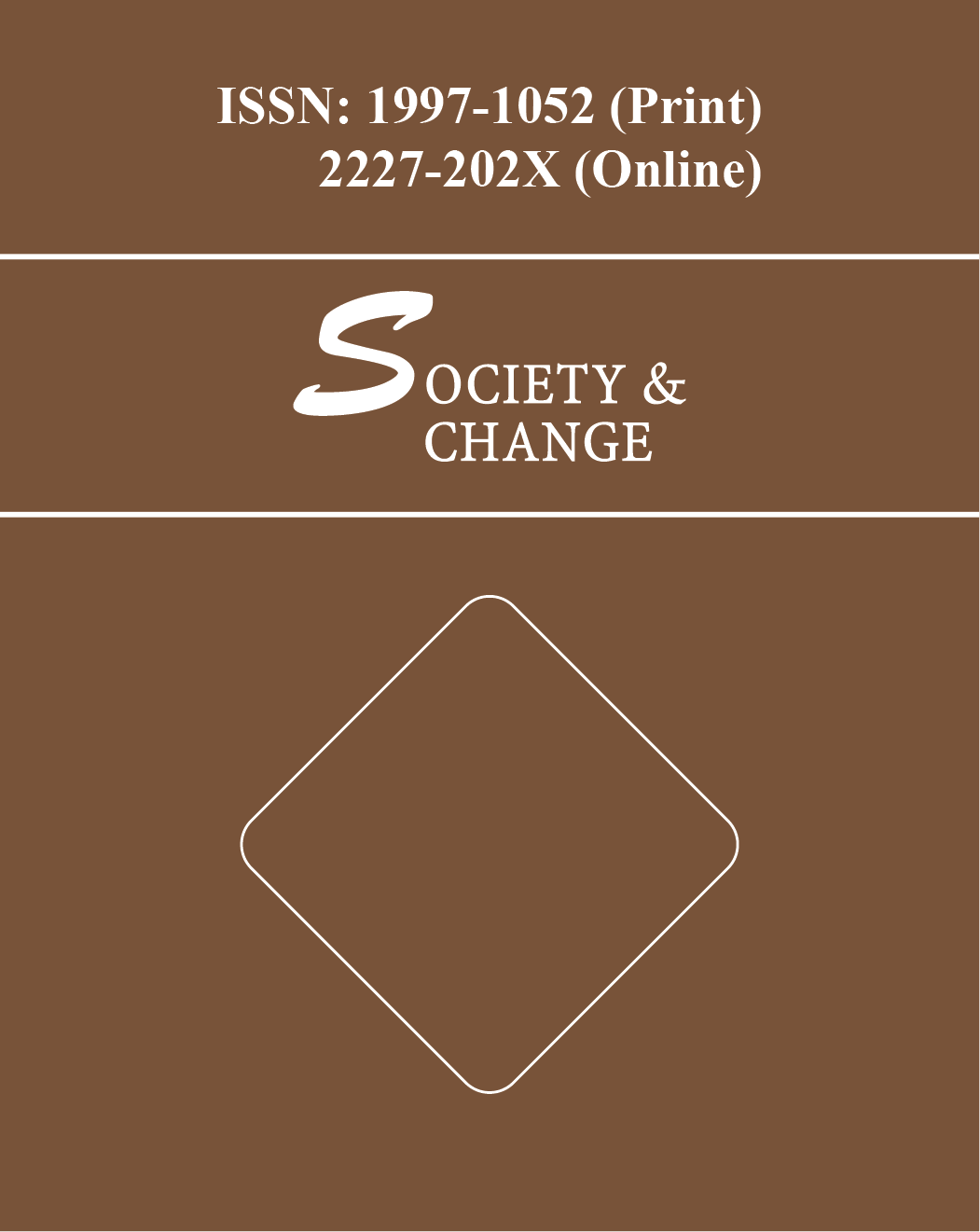This paper mainly presents the status of women in leadership position in the Bangladesh Civil Service (BCS). Based on document analysis this article argues that although in the last three decades the number of women in the civil service has increased, but their position in terms of power and influence on decision making has not yet improved. In particular, the number of women in the leadership position of civil service does not reflect ideal gender balancing. In fact, this situation of women is not an isolated case; it portrays a global picture of women’s status in the work environment. The analysis of documents and government websites in 2016 reveals that there are only 5 (out of 75) women is in secretary position, none of the Divisional Commissioner, 5 (out of 64) Deputy Commissioner Position, and 70 (out of 425). These are the most important leadership position in the Public Administration in Bangladesh. This has raised questions about women’s position in the elite service in a Bangladesh context, particularly when two women run the country for last 25 years. It raises question about woman’s own commitment to ensuring equality of women in the decision making process.
Keywords: Women, Gender, Leadership, Civil Service, Elite, Bangladesh



 INSEARCH 2025: 10th International Integrative Research Conference on Governance in Society, Business and Environment
INSEARCH 2025: 10th International Integrative Research Conference on Governance in Society, Business and Environment